Getting off the beaten path isn’t so easy these days, but sometimes you can get the same kind of experience by visiting popular destinations during the seasons most others don’t. Arizona’s Grand Canyon National Park in winter is the perfect example, with locals and park rangers being the people you will most likely meet. Between December and March, the park sees less than 10% of the annual visitors.
In winter, Mother Nature dresses the Grand Canyon up in glorious blankets of snow and frost that are warmed up by stunning sunrises to light the way for a day of exploring. At night, the starry sky is illuminated and just as beautiful as the daytime. The Grand Canyon was designated a dark sky park in 2019; an esteemed title officials had been chasing for many years.
Have we convinced you to explore the Grand Canyon in winter yet? Start planning your Southwest adventure with our three-day itinerary that covers some of the most scenic spots in this epic National Park.
DAY 1 – SOUTH RIM
Start your trip by visiting the Grand Canyon Village Historic District on the South Rim. Take a walking tour to see well-preserved historical buildings and treasured landmarks and stock up on any last-minute items you might need. Stop by Hopi House if you are interested in Native American arts and crafts. This charming village that takes you back in time is the ideal way to slow down and connect with the local area.
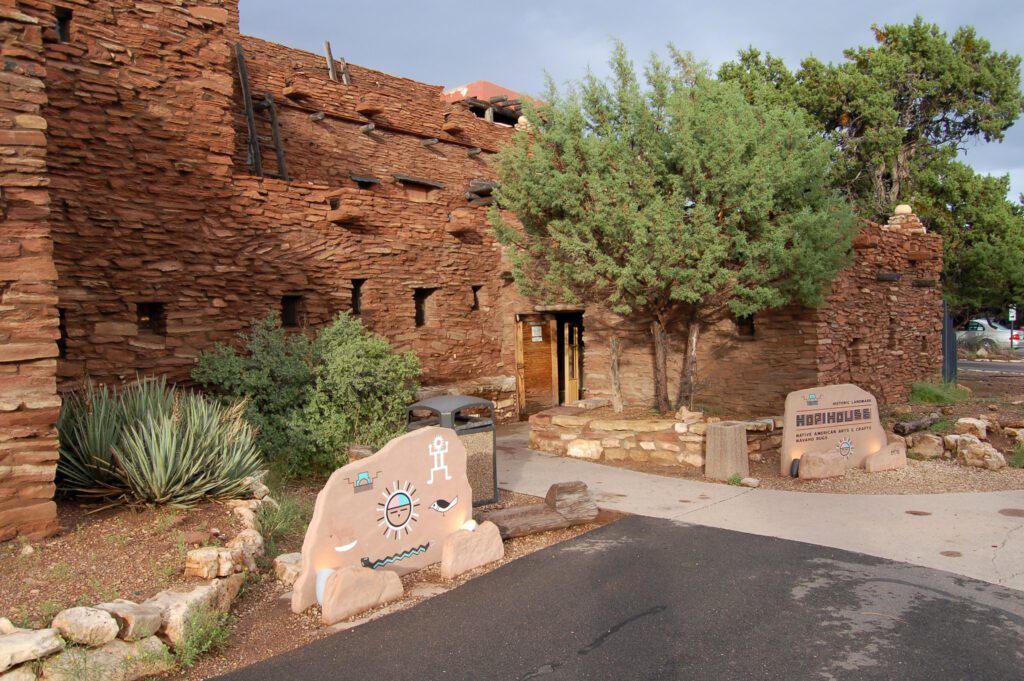
Fuel up with a leisurely lunch at Yavapai Tavern—it’s one of the most popular places in town, even in winter. We vouch for the Tavern Street Tacos or The Melted Elk burger paired with a regional beer.
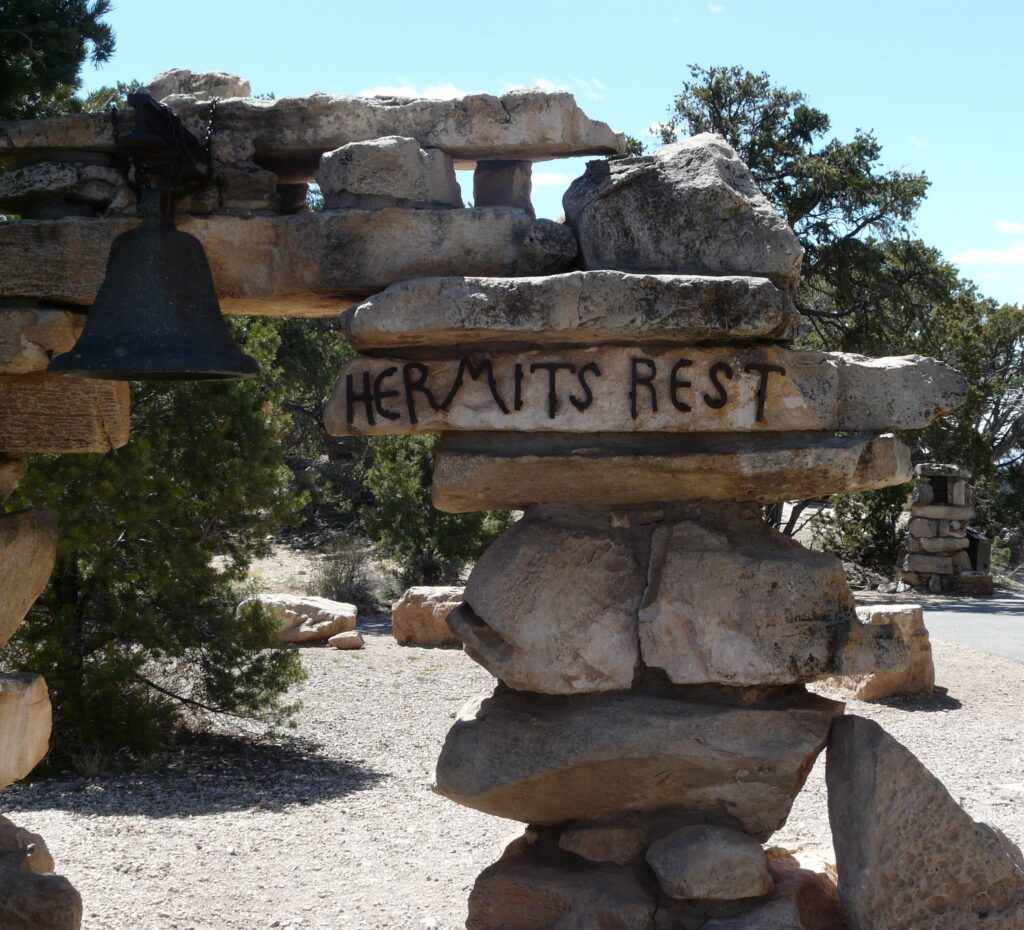
Next up, it’s a great idea to stop at the nearby visitor center. If it’s not open, there is always plenty of helpful information posted outside the buildings. Without delay, it’s time to take a hike around the South Rim area that is open all year round. The Rim Trail is a scenic 13 miles that go from the South Kaibab Trailhead west to Hermits Rest. There are many shuttle bus stops along the way, so you can hike as much of the trail as you wish and then hitch a ride when you’re ready to return. Highlights include the stone building of Hermits Rest, the Abyss viewpoint with views of the Colorado River and Trailview Overlook with aerial views of the Bright Angel Trail and the South Rim village. Armed with an impressive collection of photos and feeling a bit tired, you can head to your accommodation at the Yavapai Lodge to relax.
After discovering your comfortable room, you can enjoy a hot meal and drinks at Yavapai Tavern. The lodge makes an excellent base being close to the market, shops and businesses inside Grand Canyon National Park.
DAY 2 – MUSEUMS & WINTER HIKING
Museums & Desert Views
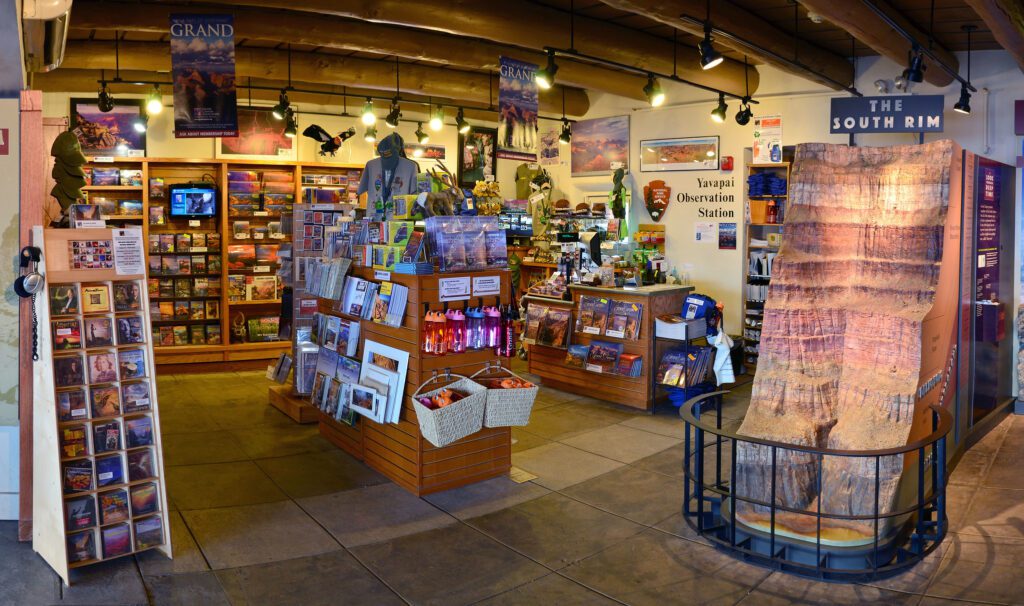
Rise early to make the most of the day that starts with breakfast at the lodge. Catch a shuttle bus to the Yavapai Museum of Geology and enjoy the awe-inspiring views as you learn about local history. The Tusayan Museum is also worth a visit and you can reach it by catching a shuttle to Yaki Point and then getting a private car there where you can view art, jewelry and other treasures recovered from local ruins. Continue on to Desert View and Mary Colter’s famous Watchtower, and grab lunch at the cafe.
South Kaibab Trail
The afternoon is set aside for taking in the spectacular sights of the South Kaibab Trail. Rangers will be able to ensure you have the correct gear for the winter conditions, which can change suddenly. Dress in layers, always carry water and snacks and a first aid kit in addition to quality shoes or boots for hiking. The 1.2-mile hike to Cedar Ridge is as challenging as it is scenic, with rocks billions of years old decorated with rustic and sturdy trees and plants. On the way, you will come to the Ooh-Aah Point and the name says it all.
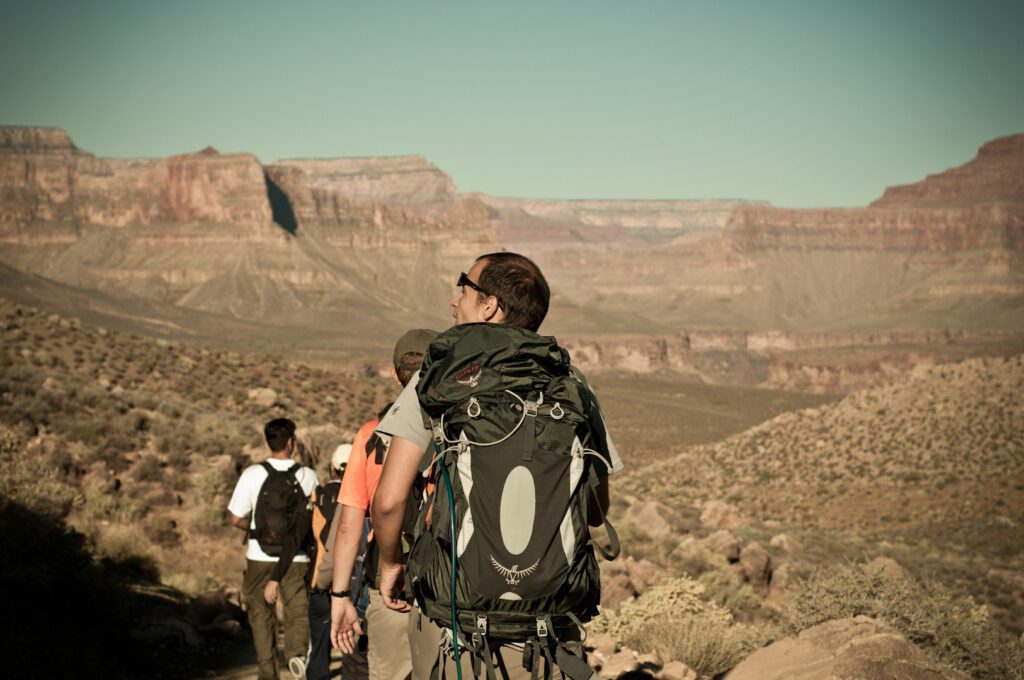
Very experienced hikers might like to continue onto Skeleton Point or to the South Kaibab Suspension Bridge, but then it is recommended you stay overnight at Phantom Ranch or a campground if you’ve arranged a permit. Otherwise, the cozy Yavapai Lodge will be waiting. Have a late night stargazing, with the best time being a few hours after sunset.
DAY 3 – WINTER HIKING
The Bright Angel Trail is on the agenda for your final day of seeing the Grand Canyon winter wilderness. This awe-inspiring hike takes you from the top of the Grand Canyon to the Colorado River, with lots of switchbacks and stunning viewpoints. The rim-to-river walk includes dramatic sights with the crisp fresh air keeping you alert.
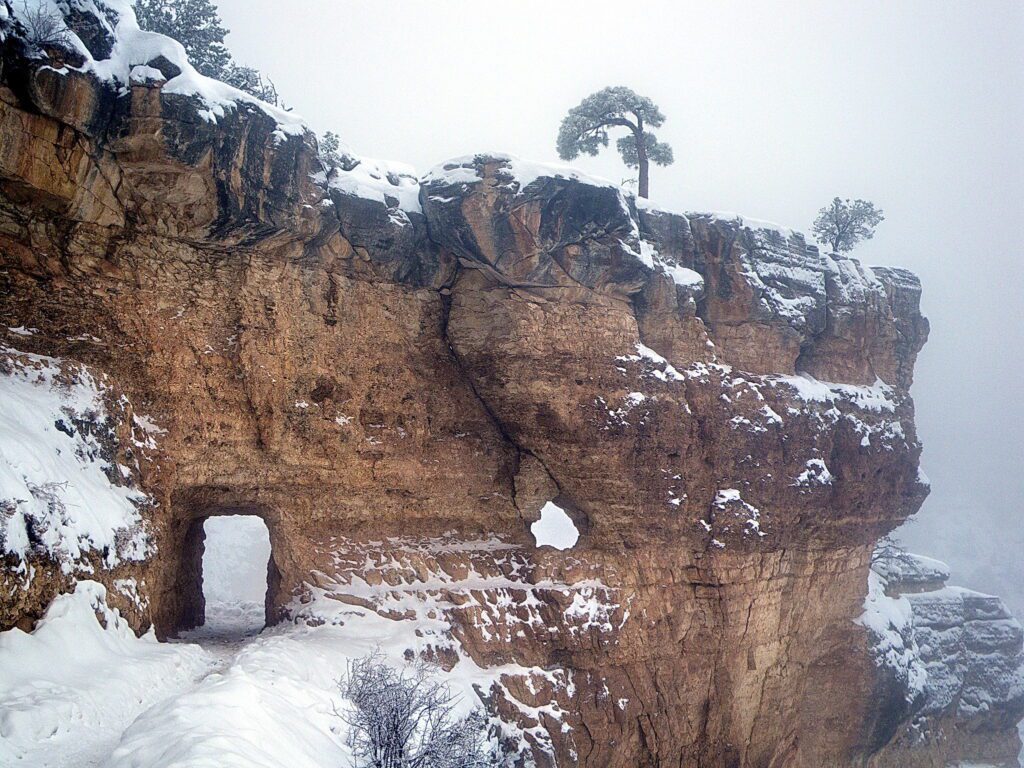
The route follows a fault making it easy to access the inner canyon. As you descend into the ancient canyon, you will experience sweeping switchbacks with rewarding moments that can be tough through the rugged landscape. It will be worth it when you reach the Mile-and-a-half Rest House, where you can refuel and hydrate before hitting the beautiful trail again. Eventually, you will arrive at the top of Redwall Limestone and the Three-mile Rest House. These welcome oasis stops can be where you decide to continue or turn back, depending on your energy levels.
If you keep going through a collection of switchbacks called Jacob’s Ladder, probably passing groups of mules on the way, you will find Indian Garden. It’s a lush, shady paradise with a garden creek. After a short break, you will be looking for the Devil’s Corkscrew, which is as dramatic as it sounds. You might be yearning for the end now, but epic views will keep renewing your enthusiasm. Signs reading, “Down is optional, up is mandatory,” will keep you going along with streams and small waterfalls. The end of The Bright Angel Trail is the most difficult, but you will find the endurance and stamina to get back to your home base. This full-day hike is the perfect way to end your trip.
Tips For Hiking The Grand Canyon In Winter
Being prepared is essential when venturing into the wild and wonderful terrain of the Grand Canyon. Make sure to pack layers, layers and more layers! You’ll want to have a warm coat, thermals, hiking boots with good traction, gloves, a hat, and a pair of socks or two.
Research your trip well, book accommodation and tours in advance, always let someone know where you are going and if possible, hike with someone else or in small groups. It is also wise to know your fitness level, so you don’t attempt hikes that are more difficult than what you are capable of. Check what permits you need for hiking and camping.
It doesn’t hurt to have a plan B if the weather turns treacherous. While it can be disappointing to change long-awaited plans, safety has to always be your first concern. The Grand Canyon can be harsh and extreme, so it is not the place to take a chance or hope for the best. Use weather apps to stay informed before you set out.
These three days of exploring the Grand Canyon in the splendor of the coldest months will be a part of your fondest travel memories. Prepare for a fresh winter perspective and a once-in-a-lifetime experience.
